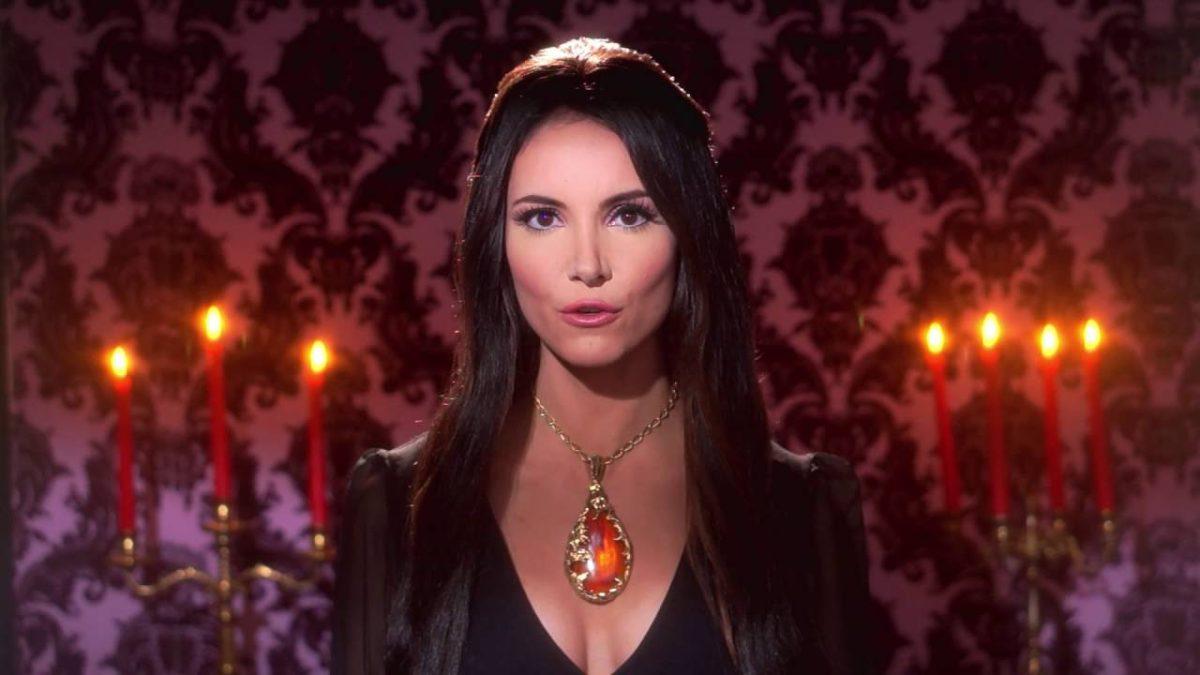New Horror Canon: In honor of the month of October, film critic Joseph Ornelas looks at the most significant and influential horror films of the past 10 years.
Anna Biller’s 2016 film “The Love Witch” is in almost every way a singular vision. Biller wrote, directed, edited, produced and scored the film and served as production and costume designer. It is only her second feature film in the last thirteen years. The first thing anybody will notice about “The Love Witch” is the absolutely breathtaking presentation which playfully utilizes the aesthetics of 1960s Technicolor film and B movie horror to create a skillfully accurate homage to a bygone era. The film was shot on 35mm film, making it almost indistinguishable from the films it is trying to imitate. As a result, the film possesses a beautiful, earthy yet vibrant visual style enhanced by the kaleidoscopic color palette. The film goes beyond a simple pastiche, using its visuals to explore issues of feminism and gender relations. In other words, “The Love Witch” isn’t pretty just to be pretty. It has a point to make, even if it isn’t always subtle.
The film follows a witch named Elaine, who has recently moved to Arcata, Calif., from San Francisco after the death of her husband. She is obsessed with love and with finding the perfect husband, dedicating most of her time to creating love potions and painting erotic, and often violent, images to adorn her new house. She believes a woman’s duty is that of fulfilling her man’s every fantasy and need. Early on the film, Elaine has a conversation with her first new friend in town, Trish, in a lavish, pastel Victorian teahouse about the role of women in a relationship. Trish makes her strong belief that men should be autonomous, while Elaine argues that life can be a fairytale, if one simply acts accordingly.
Much of the commentary on sexual dynamics between men and women is often bluntly expressed via characters’ conversations, yet the screenplay wraps these conversations nicely into the overall environment, so they don’t seem out of place within the context of the story. The film is thus at times both insightful and darkly hilarious. While its occultish exterior is probably the first thing one will notice, it is undoubtedly a comedy. The sheer ridiculousness of the expectations of each sex toward the other is the real joke. “The Love Witch” does what all great satires do — it takes the object of its critique to its logical extreme, showing us the shaky foundation on which we rest our beliefs.
It is clear Biller put a lot of thought into the commentary and the filmmaking of “The Love Witch.” There is undeniable artistry present in every frame, and the characters, despite lacking realistic qualities, are recognizably based on real-life societal pressures. The film’s ambiguous time period, hyperstylistic presentation and always-timely examination of gender roles make it one of the most unique cinematic experiences of the past five years.
New Horror Canon: The Love Witch
October 23, 2020
Photo by Creative Commons
The horror film “The Love Witch” was released on November 11, 2016.
0
Donate to The Battalion
$810
$3500
Contributed
Our Goal
Your donation will support the student journalists of Texas A&M University - College Station. Your contribution will allow us to purchase equipment and cover our annual website hosting costs, in addition to paying freelance staffers for their work, travel costs for coverage and more!
More to Discover
















